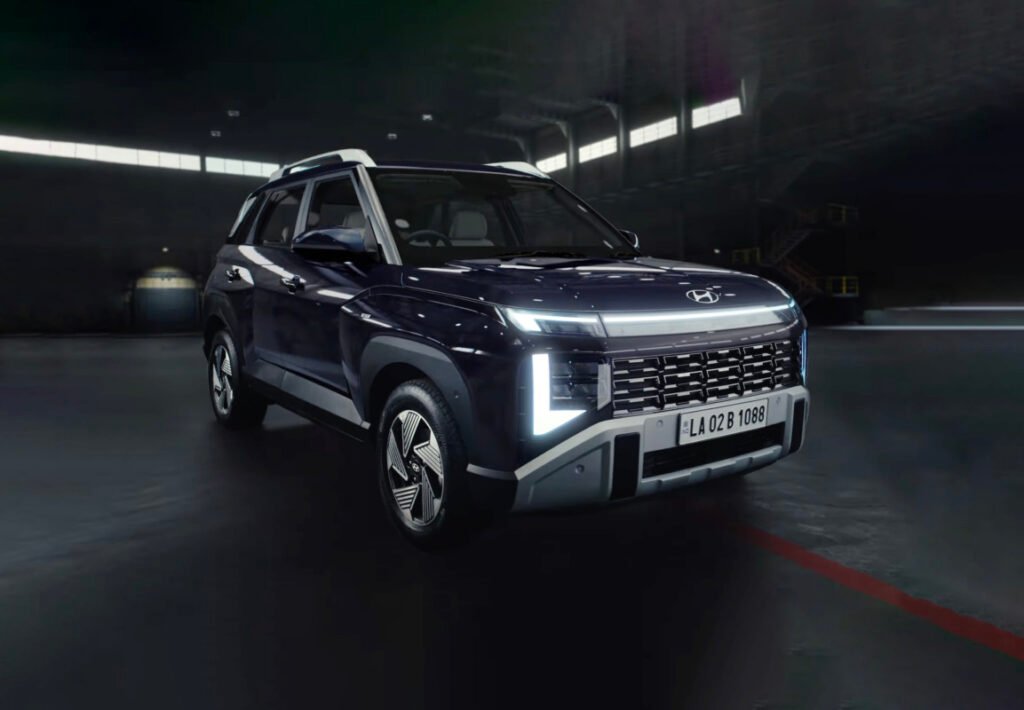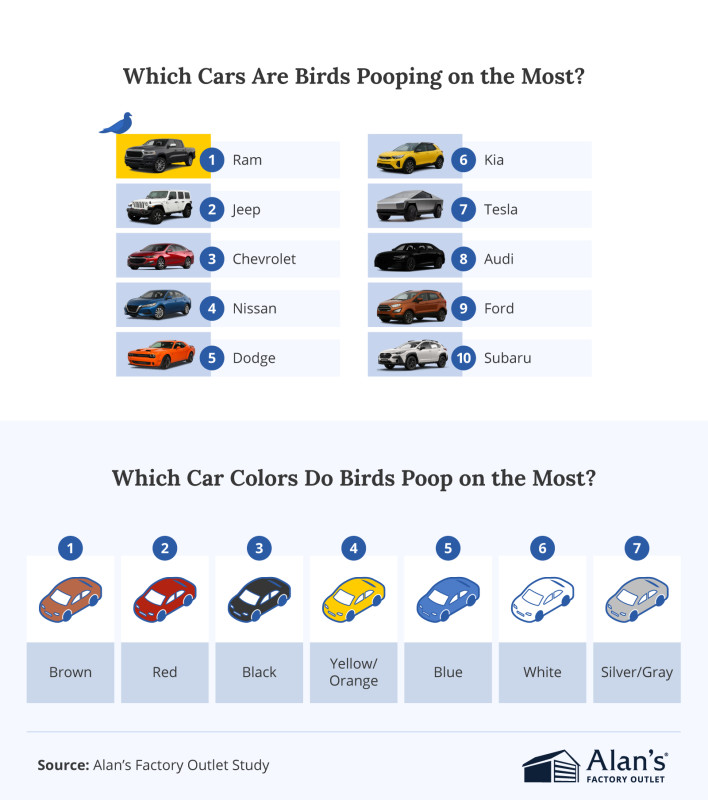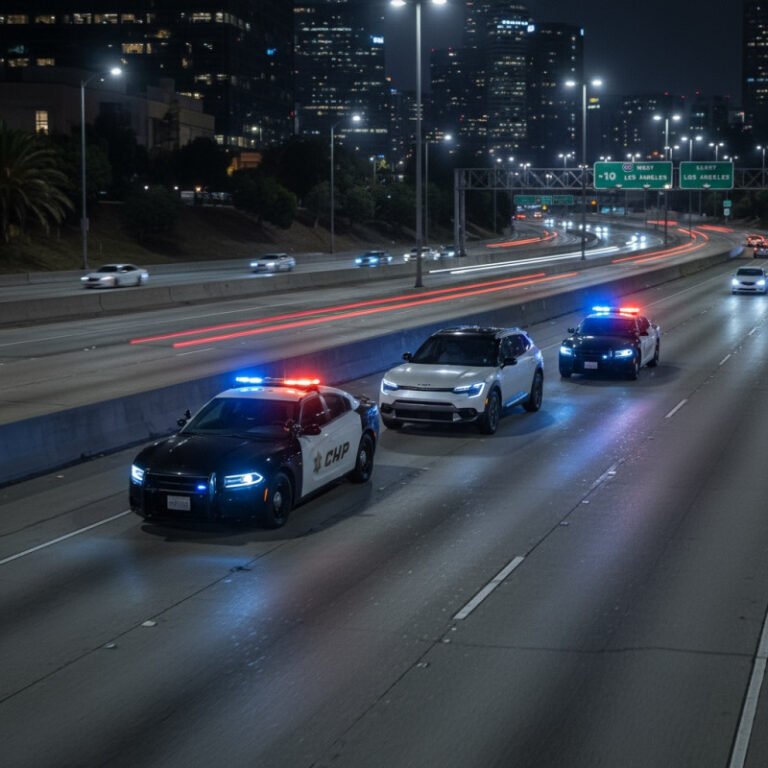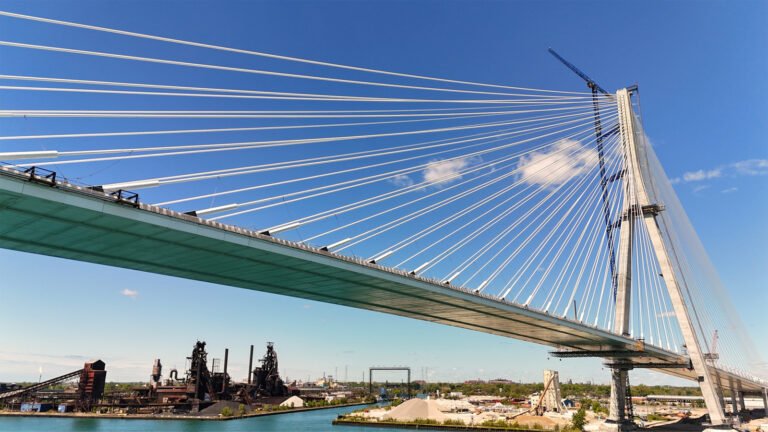
Hyundai’s smallest SUV grows up—literally
The 2026 Hyundai Venue was only recently announced for the U.S. with a streamlined lineup, but an all-new model has already been revealed via the brand’s Indian website. Expected to be launched here for the 2027 model year, this is the new generation of Hyundai’s smallest and cheapest crossover in this market.
The all-new design gives the Venue a tougher, more confident look than before, and there’s a new interior with bright dual displays. With the average cost of new cars in America higher than ever, affordable models like the new Venue are important for those looking to downsize, but can it do enough to topple the best-selling car in this segment, which is the Chevrolet Trax? Let’s find out.
Related: The 10 cheapest vehicles to own and operate over 5 years
Same Small Footprint, But More Attitude
Hyundai Venue
The new Hyundai Venue is still one of the smallest crossovers around. It measures 157.3 inches in length, 70.9 inches in width, and 65.6 inches in height. Although it’s about four inches taller and slightly wider than the old one, the body is actually not as long.
Those changes to the proportions are reflected in a more upright stature than before. The front fascia features striking LED lighting, including a full-width light bar above the rectangular-shaped grille. There’s thick, rugged-looking plastic cladding on the wheel arches, but don’t get too excited, as this still won’t be an off-road vehicle.
At the back are Horizon LED taillights and the Venue script stretches across the tailgate. Overall, it looks more like an SUV than a mildly raised hatchback.
Color choices include Mystic Sapphire, Dragon Red, and the usual selection of white/grey/black hues.
A More Inviting Interior
Hyundai Venue
There’s also a more masculine look for the cabin, which receives a completely different H-architecture design. Dual 12.3-inch displays (one for the touchscreen and one for the digital driver’s display) fall in line with other Hyundai products launched recently. However, specifications for local models haven’t been released yet, so not all of the features mentioned here will necessarily be available or standard.
Other neat touches inside include the D-cut steering wheel, a dual-tone color scheme (Dark Navy and Dove Grey are shown here), and Moon White ambient lighting. Thanks to a stretched wheelbase, Hyundai promises more rear legroom, but passengers at the back are unlikely to have the space they’ll get in a Tucson. Two-step reclining seats and rear window sunshades also aid comfort, and a power-adjustable driver’s seat is on the menu.
An interesting design feature is the Coffee Table Center Console, which is a single raised area housing dual cupholders, the shift lever, and other controls. It’s framed by ambient lighting, too.
Tiny Car, Tiny Engines

The current Hyundai Venue makes do with a simple 121-horsepower four-cylinder engine, which suffers from a lack of power when asked to overtake or climb steeper inclines. For the new one, there is a 1.0-liter, a 1.2-liter, a 1.0-liter turbo, and even a 1.5-liter diesel. The diesel will definitely not make it Stateside, but we’d like to see at least one more powerful engine choice here. To keep the price low and not step on the Kona’s toes, we don’t expect any major developments in this area, though.
A manual and dual-clutch automatic will be available in other markets, but a CVT or conventional auto are the likelier alternatives for us.
Final Thoughts
In design and execution, the new Hyundai Venue is a major step forward. With fresh segment arrivals like the Nissan Kicks and the Chevy Trax topping the sales charts in this category, Hyundai needed to do something more exciting at the lower end of the market, and based on this first look, the new Venue delivers.
Now, we’ll have to wait for local specifications and pricing to be confirmed. The 2026 model starts at just $20,550, so we expect this one to begin at around $22,000 when it arrives.


